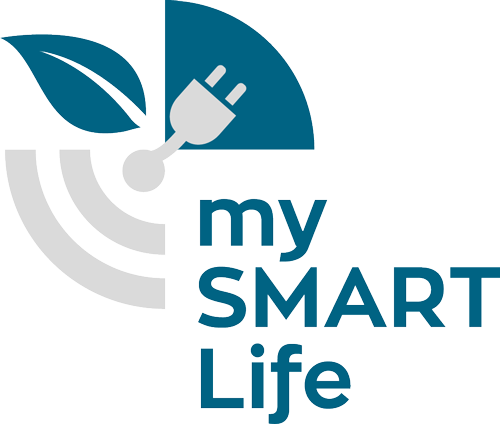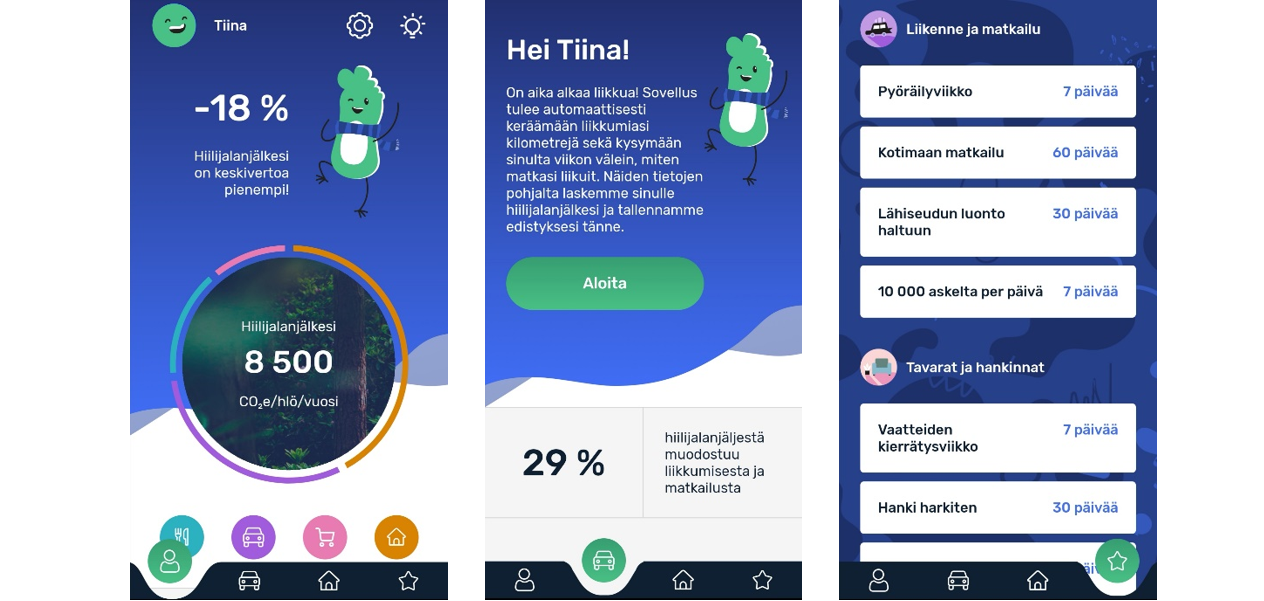The City of Helsinki has set the goal of being carbon neutral by the year 2035. With Carbon Ego pilot, the city was exploring how they could help people make carbon-neutral choices in their everyday lives.
mySMARTLife partner Forum Virium Helsinki started the project with finding out about consumers’ values: Most consumers want information that is both concrete and linked to everyday life. Good choices should be the easiest ones to make. Also, people are motivated by many different things, carbon neutrality is just one of them - but how can it be combined with other values?
What Forum Virium Helsinki came up with is an app that empowers, encourages and uplifts your spirit! Carbon Ego's purpose was not to point fingers, but to encourage and incentivise consumers to adopt a more climate-friendly lifestyle. This was done by providing concrete tips and invitations to different challenges. There were challenges like “go vegetarian” for a week or leave the car home for a week. The app motivated the user also by visualising the users data to show how mobility, living, eating and consumption habits produce carbon dioxide emissions. The aim of the Carbon Ego pilot was to recruit citizens to test the app and then answer the feedback survey.
70 users tested the app and 36 of them answered the feedback survey after using the app for four weeks. The results of the feedback survey found that participants had generally different opinions on their overall satisfaction with the app. The average response was neutral. The participants found the app on average easy for them to use and most respondents were satisfied with the visual appearance of the app. The satisfaction with information provided through the Carbon Ego app was also valued differently from the respondents. Around 42% of them were satisfied with the provided information, while 36% were neutral. Many respondents said that they were already very climate conscious, and this may be the reason for the neutral and negative answers. The challenges provided were not challenging enough for the very climate conscious user.
All in all, it was the first pilot of this sort, and most respondents were positive about using an app like this. The City of Helsinki received valuable information about what to improve in a carbon calculating app and how people want to be encouraged towards more climate-friendly lifestyles. For example, when you enter weekly the kilometres travelled by different modes of transport into the app, it should calculate the person's total carbon footprint on that basis and not only show the carbon footprint of mobility. Also, if the carbon footprint could be refined by the food eaten and all the products that you buy, then that could motivate people to use the app. It would also give the user an opportunity to try out what kind of changes they could make themselves and what the impact on their carbon footprint would be.


